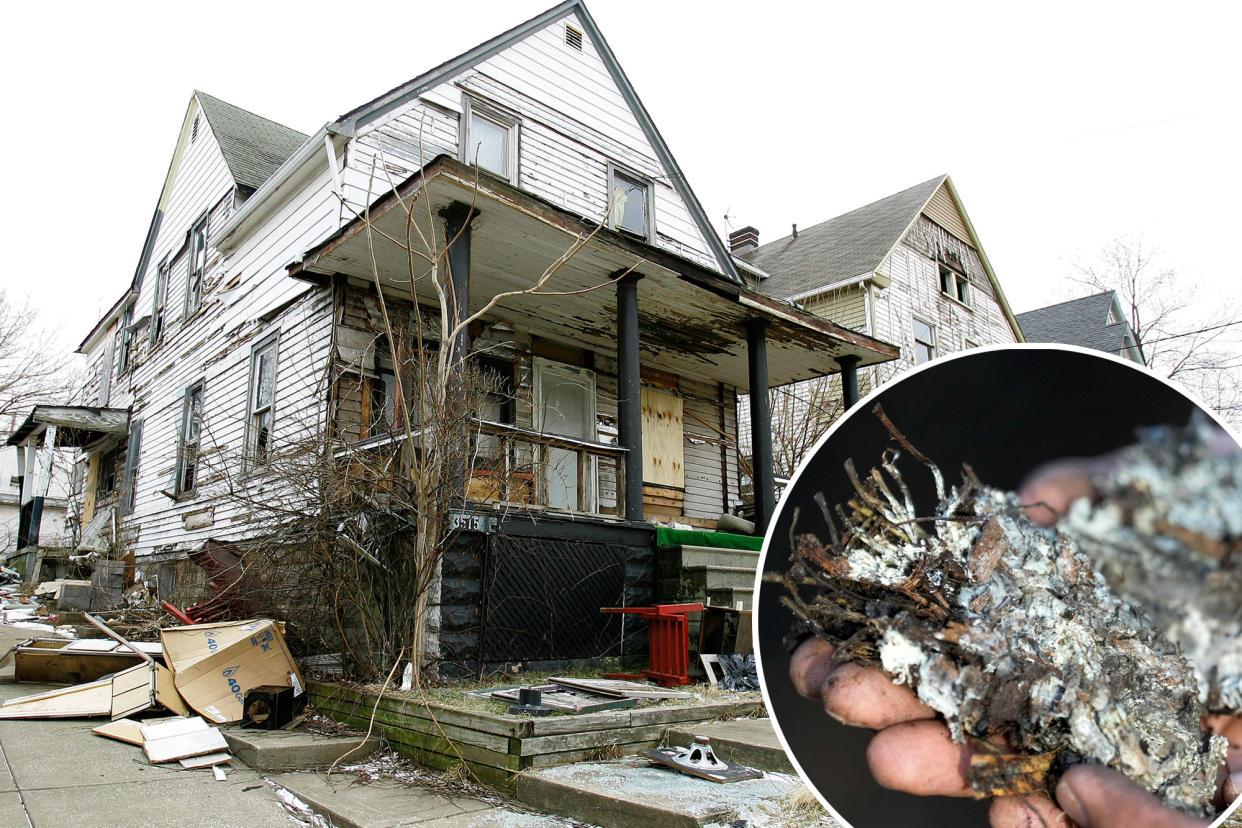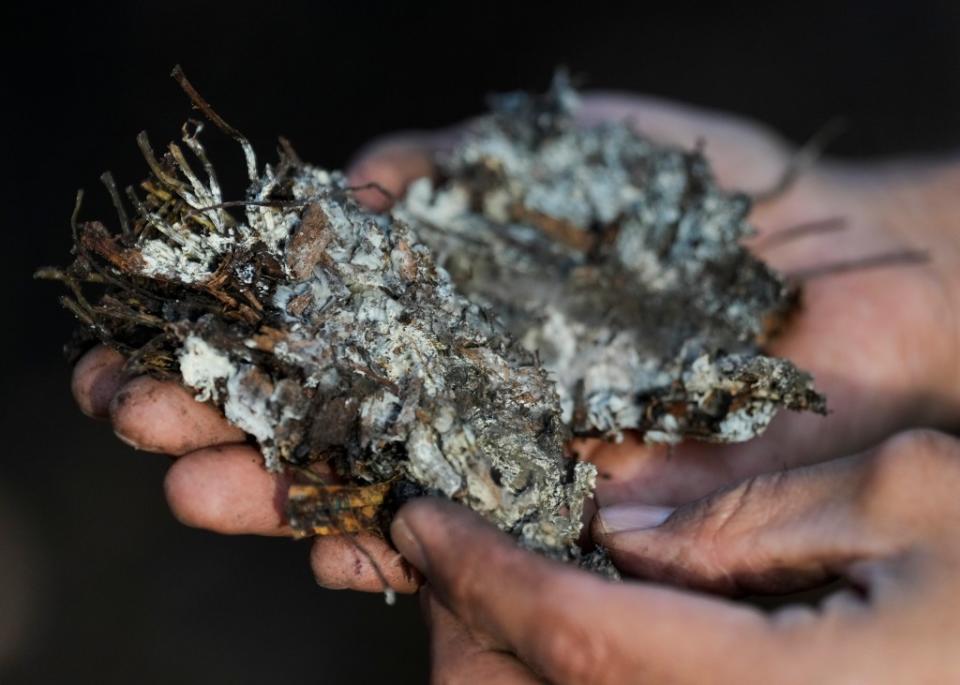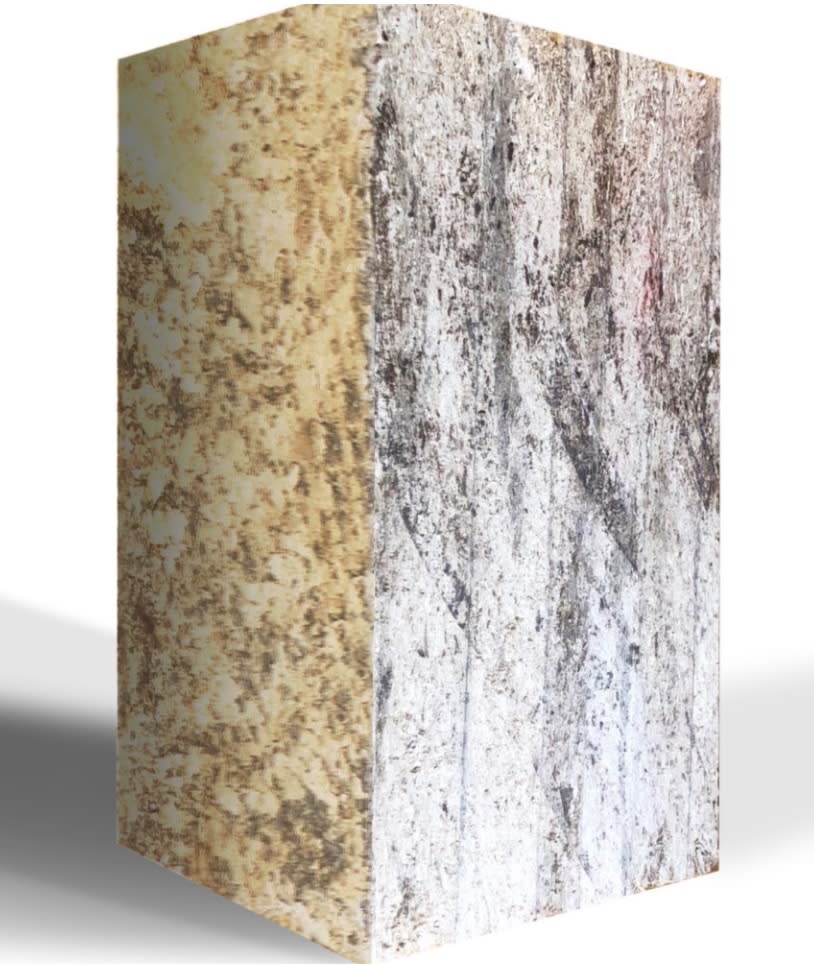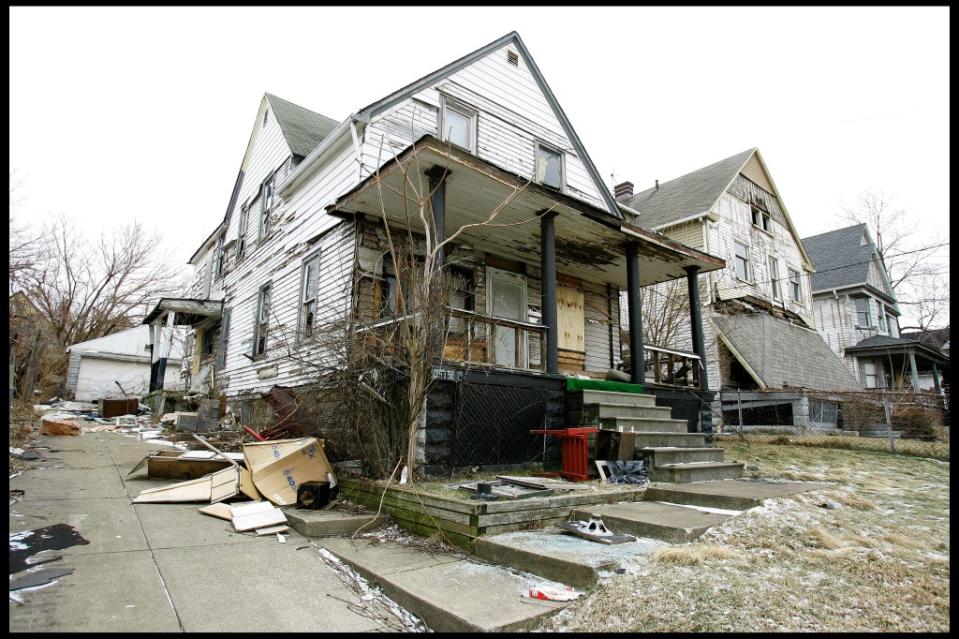How fungi can swallow abandoned homes for new growth in strange process called mycotecture

There’s no cap to the magic of mushrooms.
One recent study found that three fungal strains removed potentially dangerous plastic particles from water. Fungi are also being used to create a novel burger with minimal processing.
And “mycotecture” is gaining momentum — using mushrooms and other fungal materials for architectural purposes. In this form of “biocycling,” demolished homes are fed to fungi to create new, wood-like bricks.
“All of the material from demolition — the studs, the floors, cellulosic mass [the primary structural component of plants], and even things like ceiling tiles and asphalt material like roof shingles, can be mixed into substrate that then becomes good for growing fungus,” Chris Maurer, founder of the Cleveland-based architect firm Redhouse Studio, told the BBC last week.
Fungi, particularly their mycelium root networks, secrete enzymes that break down toxic demolition waste. The mycelium and substrate leftovers are compressed into bricks that are said to withstand twice the pressure as concrete. The process has been around for years.

For his part, Maurer has long set his sights on transforming Cleveland, which has been hit hard by the housing crisis — even being named the most “distressed” large city in America.
The city said it spent $72 million demolishing 9,700 abandoned or blighted properties between 2006 and 2018.
Maurer has been building homes with mycoblocks in Namibia, which is also experiencing a housing crisis.
“For every 10 blocks we make, we destroy half of them” as part of a stress-testing process, Maurer told Cleveland.com in 2022 about his work in Namibia.
He’s also studying how to construct housing for the Moon and Mars with mushrooms.
One stumbling block is money. Maurer told Cleveland Scene in January that his team would need at least $15 million for a full-scale demonstration of the space mushroom huts — and $150 million to launch the project to outer space.


Another is education for the building industry and the public, who might find the process to be in spore taste.
“We’re asking our collaborators to be farmers, architects, engineers, and biologists, and we’re asking microorganisms to help us build,” Maurer admitted to The Guardian in 2018.
“It’s difficult to get the organisms to grow the way you want,” he added. “They don’t always do what they’re told.”

